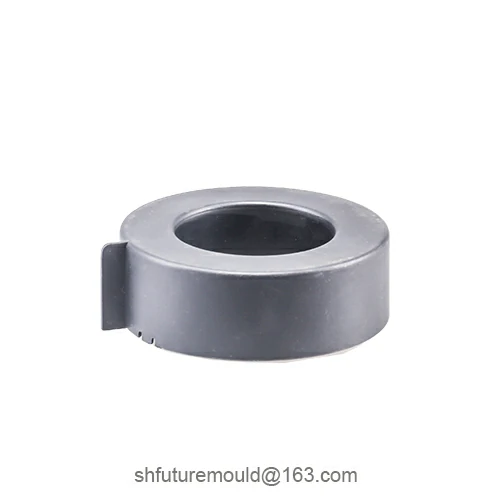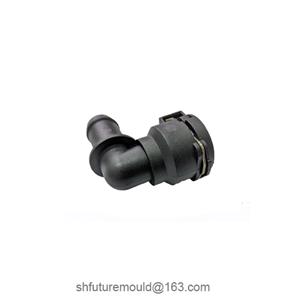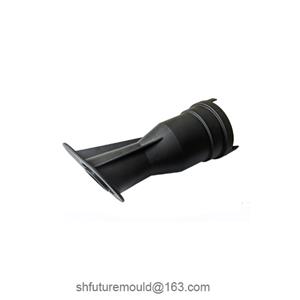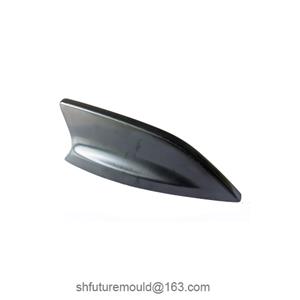Basic Principles of the Cooling System in Injection Molds
The fundamental principle of the cooling system in injection molds is to circulate a cooling medium (typically water or other cooling liquids) through cooling channels inside the mold. This circulation removes the heat absorbed by the mold cavity and core during the injection process, thereby reducing the mold's temperature and achieving rapid cooling.
Analysis of Basic Principles
1. Heat Transfer
During the injection molding, molten plastic is injected into the mold cavity. The mold absorbs the heat from the plastic, allowing the molten material to cool and solidify into the desired shape. The cooling system removes the heat from the mold through the flow of the cooling liquid, utilizing heat conduction and convection.
2. Circulation of the Cooling Medium
The cooling system typically relies on the circulation of cooling liquid to transfer heat. The cooling liquid flows into the mold's cooling channels, absorbs heat upon contact with the mold material, and then exits the mold to a cooling unit where it undergoes heat exchange. The cooled liquid is then recirculated for continuous use.
3. Design and Layout of Cooling Channels
The efficiency of the cooling system is closely related to the layout of the cooling channels. A well-designed cooling channel should be evenly distributed across all parts of the mold to ensure that heat is removed quickly and uniformly. This prevents uneven cooling, which can lead to dimensional inaccuracies, warping, or residual stresses in the product.
4. Balancing Cooling Speed and Time
The cooling speed must be compatible with the product's material properties and the molding process. Excessively fast cooling may cause internal stresses or surface defects, while overly slow cooling can reduce production efficiency. By adjusting the flow rate, temperature of the cooling liquid, and the arrangement of cooling channels, it is possible to balance cooling efficiency with product quality.
Functions of the Cooling System
Improve Product Quality
Ensures uniform cooling of the product, reducing warping, shrinkage, and residual stresses.
Shorten Production Cycles
Speeds up the cooling process, reduces the molding cycle, and enhances production efficiency.
Extend Mold Life
Controls mold temperature, minimizing thermal expansion and contraction, which can lead to material fatigue in the mold.
Energy Saving and Emissions Reduction
Optimizes cooling system design to reduce energy consumption and enhance the environmental sustainability of the manufacturing process.
- Injection Mold
- Automotive Injection Mold
- Electronics & Electrical Injection Mold
- Consumer Goods Injection Mold
- Airplane Components Injection Mold
- Medical Components Injection Mold
- Irrigation Components Injection Mold
- Injection Molds




